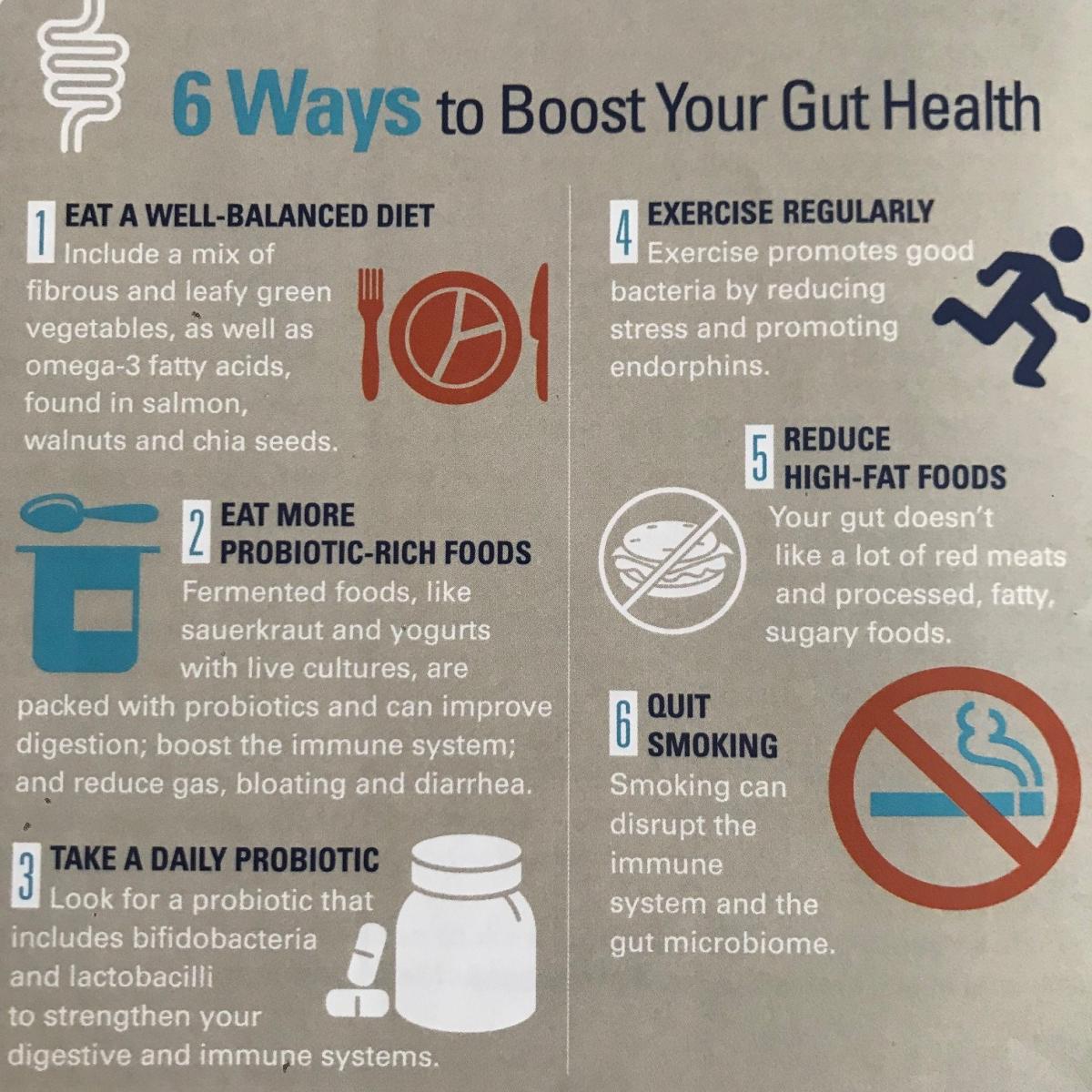Sauerkraut with probiotics is a fermented cabbage dish that promotes gut health and digestion. It is rich in live bacteria that benefit the digestive system and overall well-being.
Probiotic sauerkraut is a popular choice for individuals seeking natural sources of probiotics. The fermentation process of sauerkraut enhances its probiotic content, contributing to a healthy gut microbiome. This tangy and flavorful food is a tasty addition to meals and a valuable source of probiotics, aiding in maintaining a balanced gut flora.
The market offers various brands of probiotic sauerkraut, allowing consumers to access this beneficial food easily. When choosing sauerkraut for its probiotic benefits, selecting unpasteurized options is essential to ensure the probiotics‘ potency is preserved. Additionally, homemade sauerkraut can be another viable option to obtain high levels of probiotics.

Credit: www.google.com
What Is Sauerkraut?
Sauerkraut, a type of fermented cabbage, is a probiotic-rich food that offers numerous health benefits. This tangy and crunchy condiment is delicious and provides a natural source of live bacteria cultures to support gut health.
Traditional Fermented Food
The process of fermenting cabbage to make sauerkraut has been practiced for centuries, making it a traditional and time-honored method of food preservation.
Origins And History
Sauerkraut, which means “sour cabbage” in German, is believed to have originated in China over 2,000 years ago and was later brought to Europe, where it became a staple in German cuisine.
Benefits Of Sauerkraut
Benefits of Sauerkraut:
Rich In Probiotics
Sauerkraut is rich in probiotics, beneficial bacteria that support gut health.
Boosts Digestive Health
Sauerkraut helps in promoting healthy digestion and preventing digestive issues.
Enhances Immune System
The probiotics in sauerkraut boost the immune system, helping the body fight off infections.
Improves Nutrient Absorption
Sauerkraut aids in better absorption of nutrients from the food we consume.
Probiotics In Sauerkraut
Sauerkraut with probiotics is a healthy and delicious way to improve your gut health. It contains live, fermented bacteria supporting digestion and boosting the immune system.
Introduction To Probiotics
Sauerkraut is a popular fermented food known for its tangy flavor and numerous health benefits. This traditional German dish is delicious and a potent source of probiotics, which are beneficial bacteria that support gut health.
Types Of Probiotics In Sauerkraut
Probiotics in sauerkraut mainly include strains of Lactobacillus bacteria, such as Lactobacillus plantarum, Lactobacillus brevis, and Lactobacillus sakei. These probiotics play a crucial role in maintaining gut flora’s balance, aiding digestion, and supporting the immune system.
Health Benefits Of Probiotics
Consuming probiotics in sauerkraut can promote a healthy gut microbiome, alleviate digestive issues, and enhance overall well-being. Probiotics also have anti-inflammatory properties and may help improve mental health, skin conditions, and allergies.

Credit: www.google.com
Fermentation Process Of Sauerkraut
The fermentation process is the key to making delicious and healthy sauerkraut packed with probiotics. It’s a natural preservation technique that converts cabbage into tangy and crunchy sauerkraut with the help of beneficial bacteria. The process involves just a few simple steps, but the results are gratifying.
Importance Of Fermentation
Fermentation is not just about preserving food; it’s about transforming it into a powerhouse of probiotics. Sauerkraut undergoes lacto-fermentation, where the bacteria naturally present in the cabbage break down the sugars and produce lactic acid. This process not only gives the sauerkraut its distinct tangy flavor but also creates an environment that promotes the growth of beneficial bacteria.
The fermentation process increases the nutrient content of sauerkraut by enhancing its digestibility. It also significantly boosts the probiotic count, making it an excellent food for gut health. Regular consumption of sauerkraut with probiotics can improve digestion, strengthen the immune system, and promote overall well-being.
Steps Involved In Fermenting Sauerkraut
Fermenting sauerkraut at home is a simple and rewarding process. Here are the basic steps involved:
- Start by shredding fresh cabbage and adding salt. The salt helps draw out moisture from the cabbage, creating an ideal environment for fermentation.
- Massage the cabbage and salt mixture to release the moisture further. This helps create the brine that will submerge the cabbage during fermentation.
- Transfer the cabbage into a clean jar, ensuring it is tightly packed. Use a fermentation weight or a small plate with a weight to keep the cabbage submerged in the brine.
- Cover the jar with a fermentation lid or a cloth secured with a rubber band. This allows the fermentation gases to escape while keeping out contaminants.
- Place the jar in a calm, dark place, away from direct sunlight. Let the sauerkraut ferment for about 1 to 4 weeks, depending on your desired level of tanginess.
- During the fermentation period, check the sauerkraut occasionally to ensure it stays submerged in the brine. Skim off any scum that may form on the surface.
- Once the sauerkraut reaches your desired taste and texture, remove the fermentation weight and close the jar with an airtight lid.
- Store the sauerkraut in the refrigerator to slow down the fermentation process, and enjoy it as a delicious and probiotic-rich addition to your meals.
Fermenting your sauerkraut allows you to control the ingredients and the fermentation time, ensuring a product rich in probiotics and beneficial bacteria. Experiment with different flavors by adding herbs, spices, or other vegetables to create your unique sauerkraut combinations.
How To Make Sauerkraut At Home
Are you looking for a delicious and beneficial way to improve your gut health? Making your sauerkraut at home is a fantastic way to harness the power of probiotics and enjoy a flavorful, crunchy condiment. Not only is homemade sauerkraut full of live cultures, but it’s also simple and cost-effective to make. In this guide, we’ll walk you through the process of making sauerkraut at home, from choosing the right ingredients to the step-by-step fermentation process. Let’s dive in and learn how to make your probiotic-rich sauerkraut right in your kitchen!
Choosing The Right Ingredients
When it comes to making homemade sauerkraut, the key ingredient is, of course, cabbage. Opt for fresh and organic cabbage to ensure the best flavor and maximum probiotic benefits. You can also add other vegetables like carrots or radishes for a twist of flavor and added nutrients.
Equipment And Tools Needed
To make sauerkraut at home, you don’t need any fancy equipment. The essential tools include a large mixing bowl, a sharp knife or mandoline for shredding the cabbage, and a clean, wide-mouthed glass jar for fermenting the sauerkraut. You’ll also need a weight to submerge the vegetables and a breathable cloth or paper towel to cover the jar.
Step-by-step Guide To Making Sauerkraut
- Shred the cabbage and any additional vegetables using a knife or mandoline.
- Transfer the shredded vegetables into a mixing bowl and sprinkle with sea salt.
- Massage the salt into the cabbage mixture for a few minutes until it releases its juices.
- Transfer the cabbage and its juices into the glass jar, pressing down firmly to pack the mixture tightly.
- Place a weight on top of the cabbage to ensure it remains submerged in its liquid.
- Cover the jar with a cloth and secure it with a rubber band to allow air to circulate, keeping out dust and insects.
- Store the jar at room temperature, away from direct sunlight, and allow the sauerkraut to ferment for at least one week or longer if you prefer a more robust flavor.
- Once the sauerkraut has reached the desired flavor, transfer the jar to the refrigerator to slow down the fermentation process. Your homemade sauerkraut is now ready to enjoy!

Credit: www.nebraskamed.com
Incorporating Sauerkraut Into Your Diet
Sauerkraut is a versatile and delicious food that can be easily incorporated into your daily diet. Not only is sauerkraut a tasty addition to a wide variety of dishes, but it also packs a powerful punch of probiotics that can support a healthy gut. In this article, we will explore creative ways to enjoy sauerkraut, provide some delicious sauerkraut recipes, and share ideas for pairing sauerkraut with other foods.
Creative Ways To Enjoy Sauerkraut
- Add a spoonful of sauerkraut to your salads for an extra tangy flavor and probiotic boost.
- Layer sauerkraut onto your favorite sandwich or burger for a crunchy and zesty twist.
- Stir sauerkraut into your scrambled eggs or omelets to add a unique and tangy flavor.
- Try topping your pizza with sauerkraut for a deliciously unexpected combination.
- Incorporate sauerkraut into your homemade dressings and sauces for added flavor and health benefits.
Sauerkraut Recipes
| Recipe | Ingredients | Instructions |
|---|---|---|
| Classic Sauerkraut Salad | Cabbage, salt, caraway seeds | 1. Shred the cabbage 2. Mix cabbage with salt and caraway seeds 3. Massage the mixture until it releases its liquid 4. Pack the mixture into a jar and press it down firmly 5. Cover the jar and let it ferment at room temperature for about two weeks 6. Refrigerate and enjoy! |
| Sauerkraut and Sausage Skillet | Sauerkraut, sausage, onions, garlic, olive oil, paprika | 1. Heat olive oil in a skillet 2. Add sausage, onions, and garlic 3. Cook until sausage is browned and onions are translucent 4. Add sauerkraut and paprika 5. Cook until warmed through and flavors are combined 6. Serve hot and enjoy! |
Pairing Sauerkraut With Other Foods
- Serve sauerkraut alongside grilled sausages or bratwurst for a traditional German meal.
- Combine sauerkraut with mashed potatoes for a tangy twist on a classic side dish.
- Add sauerkraut to your favorite grain bowls or Buddha bowls for added flavor and probiotics.
- Pair sauerkraut with fish tacos for a fresh and zesty combination of flavors.
- Include sauerkraut in your stir-fries or fried rice for an extra burst of tanginess.
Buying And Storing Sauerkraut
When purchasing sauerkraut, opt for brands like Farmhouse Culture, Wildbrine, and Bubbies, known for their probiotic-rich content. Check labels for live cultures.
Store-bought sauerkraut undergoes pasteurization, which eliminates active probiotics. Therefore, homemade sauerkraut is optimal for probiotic intake.
For longevity, keep sauerkraut in airtight containers in the refrigerator. Alternatively, you can freeze sauerkraut for extended shelf life.
Potential Side Effects Of Sauerkraut
Sauerkraut can cause gas and bloating due to the natural fermentation process that produces carbon dioxide gas.
This gas can build up in the digestive system, leading to discomfort.
Sauerkraut has a high sodium content due to the salt used in the fermentation process.
Excess sodium consumption may lead to high blood pressure and other health issues.
If you are allergic to cabbage or any other ingredients in sauerkraut, you may experience allergic reactions.
Symptoms can range from mild itching to severe allergic reactions like anaphylaxis.
Frequently Asked Questions On Sauerkraut With Probiotics
What Sauerkraut Has The Most Probiotics?
Some sauerkraut brands with high probiotic content include Farmhouse Culture, Wildbrine, and Bubbies. However, probiotic content can vary, so always check the label for live cultures.
Does Bagged Sauerkraut Have Probiotics?
Bagged sauerkraut does not have probiotics as it is typically pasteurized, which destroys active cultures.
How Much Sauerkraut Should I Eat Daily For Probiotics?
For optimal probiotic benefits, include a small serving of sauerkraut daily in your diet.
Is It Better To Eat Sauerkraut Or Take Probiotics?
Eating sauerkraut is better than taking probiotics because sauerkraut is a natural source of live probiotics.
Conclusion
Incorporating sauerkraut with probiotics into your diet can offer numerous health benefits. This fermented food promotes a healthy digestive system with its gut-friendly live cultures. Whether you choose to make it at home or purchase it from a trustworthy brand, the probiotic-rich sauerkraut can aid in improving your gut health.
Start reaping its rewards today!




